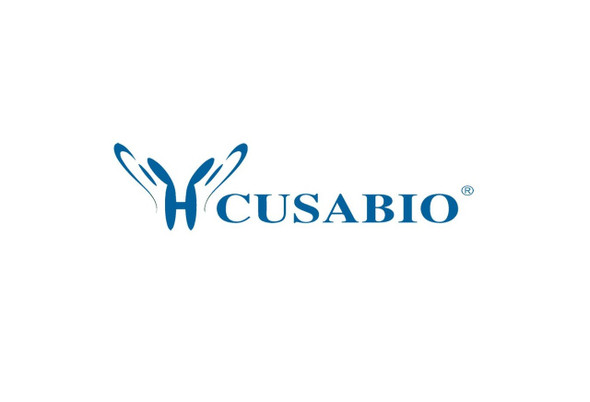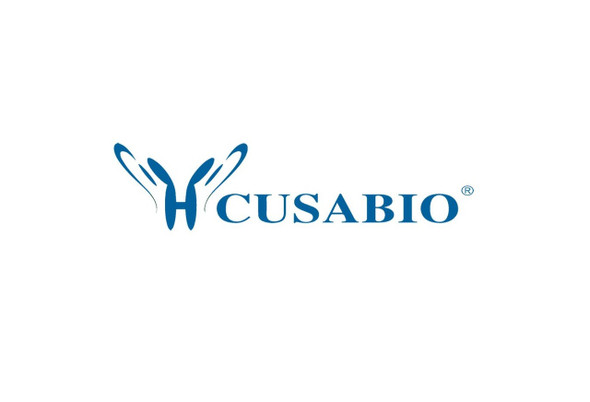Cusabio Virus & Bacteria Recombinants
Recombinant Human herpesvirus 2 Envelope glycoprotein E (gE) | CSB-CF310072HJX
- SKU:
- CSB-CF310072HJX
- Availability:
- 3 - 7 Working Days
Description
Recombinant Human herpesvirus 2 Envelope glycoprotein E (gE) | CSB-CF310072HJX | Cusabio
Alternative Name(s): gE;gE-2
Gene Names: gE
Research Areas: Others
Organism: Human herpesvirus 2 (strain HG52) (HHV-2) (Human herpes simplex virus 2)
AA Sequence: AAPRTSWKRVTSGEDVVLLPAPAERTRAHKLLWAAEPLDACGPLRPSWVALWPPRRVLETVVDAACMRAPEPLAIAYSPPFPAGDEGLYSELAWRDRVAVVNESLVIYGALETDSGLYTLSVVGLSDEARQVASVVLVVEPAPVPTPTPDDYDEEDDAGVTNARRSAFPPQPPPRRPPVAPPTHPRVIPEVSHVRGVTVHMETLEAILFAPGETFGTNVSIHAIAHDDGPYAMDVVWMRFDVPSSCADMRIYEACLYHPQLPECLSPADAPCAVSSWAYRLAVRSYAGCSRTTPPPRCFAEARMEPVPGLAWLASTVNLEFQHASPQHAGLYLCVVYVDDHIHAWGHMTISTAAQYRNAVVEQHLPQRQPEPVEPTRPHVRAPHPAPSARGPLRLGAVLGAALLLAALGLSAWACMTCWRRRSWRAVKSRASATGPTYIRVADSELYADWSSDSEGERDGSLWQDPPERPDSPSTNGSGFEILSPTAPSVYPHSEGRKSRRPLTTFGSGSPGRRHSQASYPSVLW
Source: in vitro E.coli expression system
Tag Info: N-terminal 10xHis-tagged
Expression Region: 21-545aa
Sequence Info: Full Length of Mature Protein
MW: 60.1 kDa
Purity: Greater than 90% as determined by SDS-PAGE.
Relevance: In epithelial cells, the heterodimer gE/gI is required for the cell-to-cell spread of the virus, by sorting nascent virions to cell junctions. Once the virus reaches the cell junctions, virus particles can spread to adjacent cells extremely rapidly through interactions with cellular receptors that accumulate at these junctions. Implicated in basolateral spread in polarized cells. In neuronal cells, gE/gI is essential for the anterograde spread of the infection throughout the host nervous system. Together with US9, the heterodimer gE/gI is involved in the sorting and transport of viral structural components toward axon tips (By similarity). The heterodimer gE/gI serves as a receptor for the Fc part of host IgG. Dissociation of gE/gI from IgG occurs at acidic pH. May thus be involved in anti-HSV antibodies bipolar bridging, followed by intracellular endocytosis and degradation, thereby interfering with host IgG-mediated immune responses (By similarity).
Reference: "The genome sequence of herpes simplex virus type 2." Dolan A., Jamieson F.E., Cunningham C., Barnett B.C., McGeoch D.J. J. Virol. 72:2010-2021(1998)
Storage: The shelf life is related to many factors, storage state, buffer ingredients, storage temperature and the stability of the protein itself. Generally, the shelf life of liquid form is 6 months at -20?/-80?. The shelf life of lyophilized form is 12 months at -20?/-80?.
Notes: Repeated freezing and thawing is not recommended. Store working aliquots at 4? for up to one week.
Function:
Involvement in disease:
Subcellular Location:
Protein Families:
Tissue Specificity:
Paythway:
Form: Liquid or Lyophilized powder
Buffer: If the delivery form is liquid, the default storage buffer is Tris/PBS-based buffer, 5%-50% glycerol. If the delivery form is lyophilized powder, the buffer before lyophilization is Tris/PBS-based buffer, 6% Trehalose, pH 8.0.
Reconstitution: We recommend that this vial be briefly centrifuged prior to opening to bring the contents to the bottom. Please reconstitute protein in deionized sterile water to a concentration of 0.1-1.0 mg/mL.We recommend to add 5-50% of glycerol (final concentration) and aliquot for long-term storage at -20?/-80?. Our default final concentration of glycerol is 50%. Customers could use it as reference.
Uniprot ID: P89475
HGNC Database Link: N/A
UniGene Database Link: N/A
KEGG Database Link: N/A
STRING Database Link: N/A
OMIM Database Link: N/A









